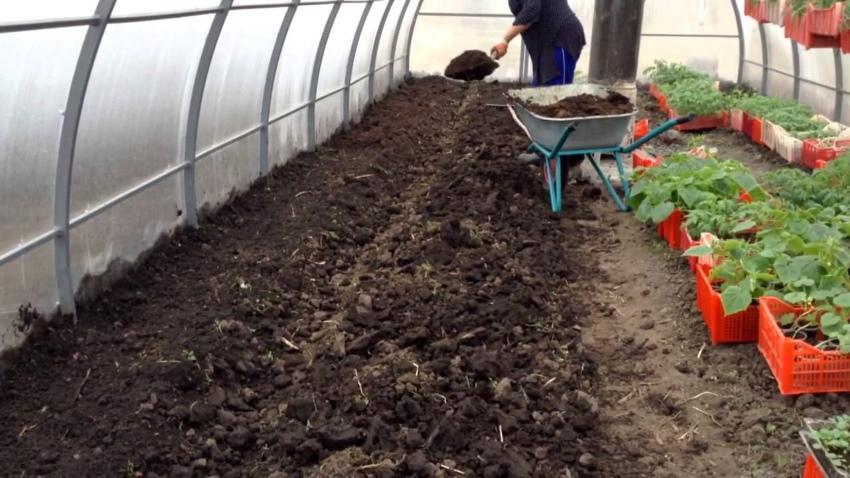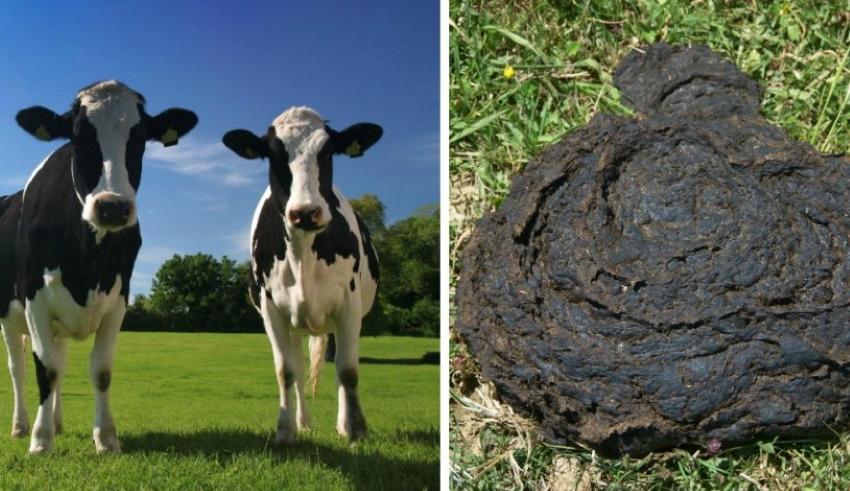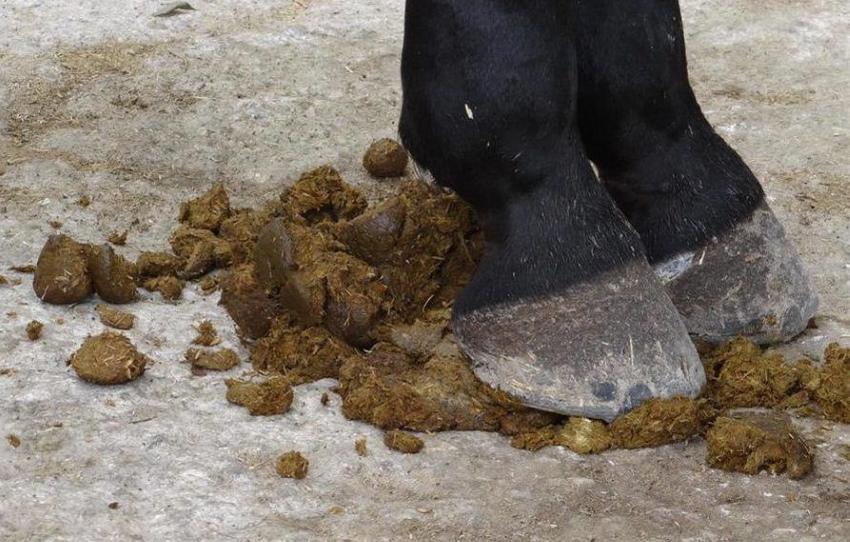What manure is best for a greenhouse - choosing organic matter for spring vegetables
 A greenhouse requires as much attention as garden beds, and to some extent even more. During the season, the plants take almost all nutrients from the soil, and the soil becomes scarce. Organic matter is considered one of the best fertilizers, but it is difficult to answer exactly which manure is best for a greenhouse. As you know, manure is a waste of animals or birds. And each of its species has its own characteristics, both in composition and in relation to its effect on the ground. Some varieties are used to fertilize the soil only in rotted form, while others can be applied immediately. Be that as it may, manure has been and remains one of the best organic fertilizers, both for open and closed ground.
A greenhouse requires as much attention as garden beds, and to some extent even more. During the season, the plants take almost all nutrients from the soil, and the soil becomes scarce. Organic matter is considered one of the best fertilizers, but it is difficult to answer exactly which manure is best for a greenhouse. As you know, manure is a waste of animals or birds. And each of its species has its own characteristics, both in composition and in relation to its effect on the ground. Some varieties are used to fertilize the soil only in rotted form, while others can be applied immediately. Be that as it may, manure has been and remains one of the best organic fertilizers, both for open and closed ground.
In greenhouses, manure is not only used to improve the structure and composition of the earth. It also raises the temperature in the beds and gives the plants the warmth they need in early spring.
Manure types and their impact on the soil
The value of manure is that it enriches the earth with nitrogen, which does not erode for a long time. And the minerals found in organic matter have an easily digestible form, and also contribute to a decrease in acidity. The amount of nutrients depends on what kind of waste is used, as well as on the diet of animals from which they are obtained.
There are such types of manure:
- Bovine. Contains 0.45% nitrogen, 2 times less phosphorus and 0.5% potassium. Slurry, which contains more potassium, is no less valuable.

- Horse. The leader in nitrogen content - as much as 0.85%, and also contains silicic acid (almost 1.8%). Plants absorb phosphorus better with it.

- Pork. In terms of nitrogen content, it is kept at the same level with cow dung, and potassium - with horse manure, but it contains little calcium.

- Sheep. Despite the high nitrogen content (almost like in horse, 0.83%), it is not often used for feeding, since it decomposes for a long time.

- Rabbit. Has the same value as horse waste, but used diluted.

- Avian. Contains a lot of nitrogen, almost like mineral fertilizers - 1.7%. However, in a very aggressive form, therefore it is not used fresh, but in dry form it is applied only before winter.

Which manure is best for a greenhouse
Each type of manure has its own advantages that you should be able to use. The richest in nutrients are cow and horse manure, and the first will feed the beds for 3 years. Horse waste decomposes within a year, while other species release substances within a couple of years. Cow and horse manure can be applied fresh. And pork and poultry are used only rotted, otherwise the roots of the plants will burn.
Horse manure is good for greenhouses. It decomposes quickly and raises the temperature of the soil, which lasts for more than a month. Pig and cow manure is best applied to late greenhouses in mid-spring - they keep the temperature for a week, and then the greenhouse warms the sun.But bird droppings are only suitable as a composting component. But the compost can be used both in the greenhouse and in the open field.